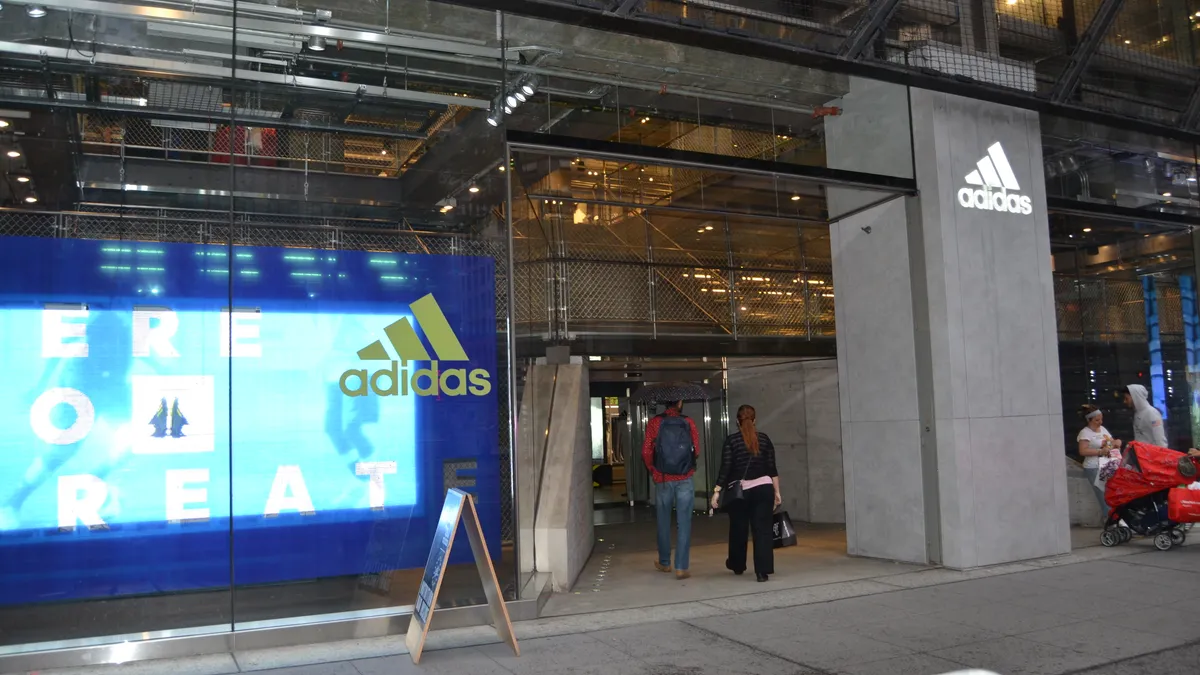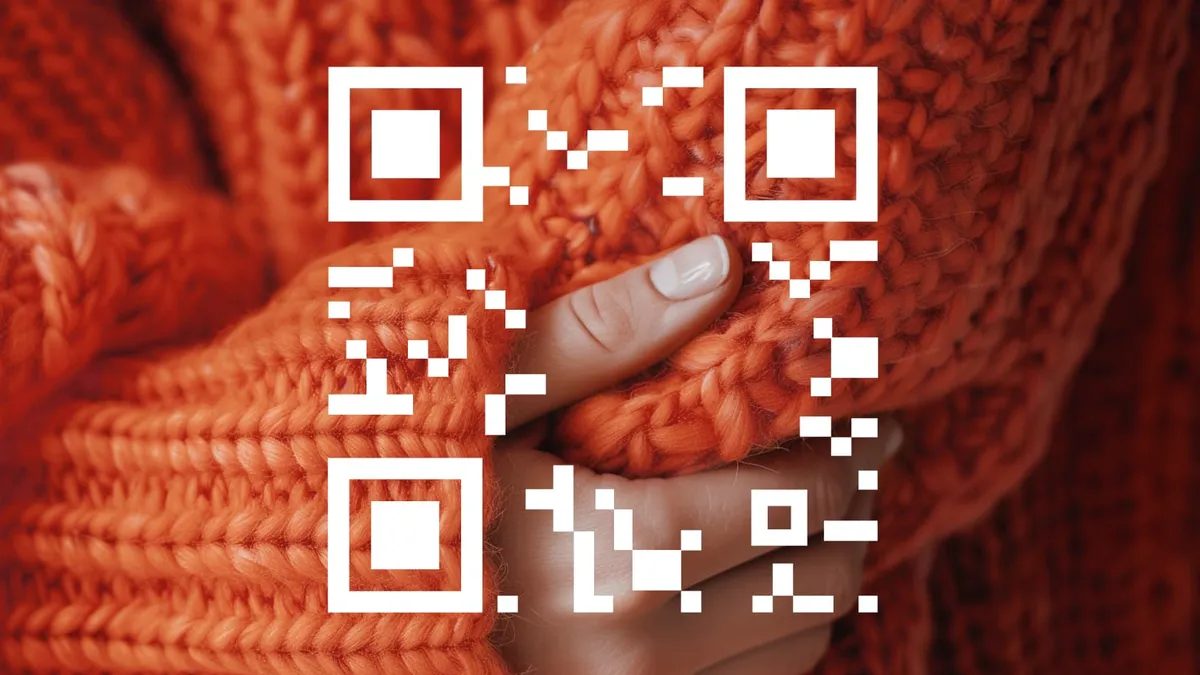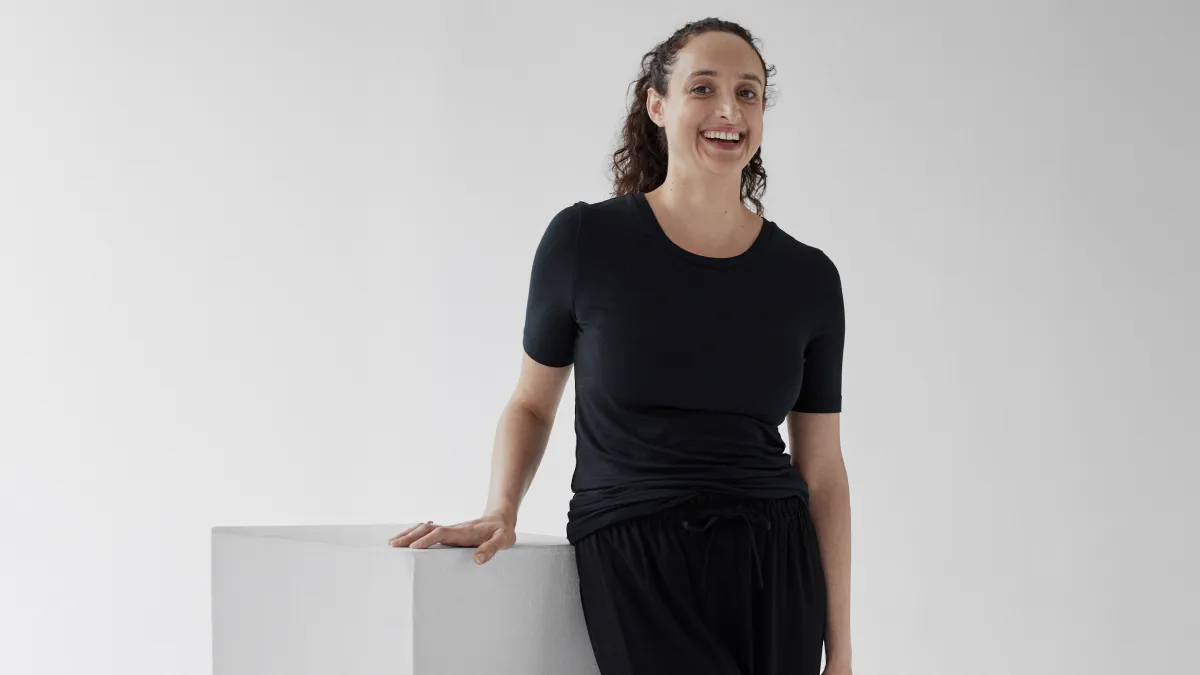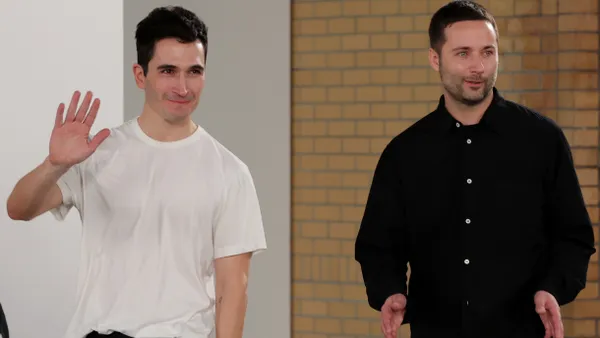Dive Brief:
- Adidas’ preliminary Q2 results bore out on Wednesday, with the sportswear giant reporting net sales up 9% to 5.8 billion euros ($6.3 billion at press time) and operating profit up nearly 97%, according to a company press release. Adidas held onto its higher outlook from a couple of weeks ago as well, expecting sales to rise at a high-single-digit rate.
- For the first half of the year, Adidas sales grew 6.2% to 11.3 billion euros, with operating profit up nearly 190% to 682 million euros and net income growing 476%. Net income for the quarter grew roughly 117% to 206 million euros.
- While North America sales were still down 7% in the second quarter, CEO Bjørn Gulden said on a call with analysts that the underlying business in the region rose 2%, the first growth in that region in a “long time.”
Dive Insight:
Amid multiple recent guidance raises and strong sales growth, Adidas executives touted the strength of its underlying business on Wednesday as it steadily rids itself of Yeezy inventory. The company sold about 200 million euros of Yeezy merchandise in the quarter, about half of what it sold in the year-ago quarter, and has about 150 million euros of inventory left.
Still, the sale of extra Yeezy inventory is “propping up its topline” and the shutdown of the business is impacting brand desirability in North America, Alice Price, associate apparel analyst at GlobalData, said in emailed comments. But Adidas has another plan for succeeding in the U.S., which includes naming former WNBA player Candace Parker the president of the company’s women’s basketball division, extending its contract with NBA player Anthony Edwards, building out a pipeline of products catered to the U.S. audience and otherwise leaning into American sports like baseball and American football.
“You have to be more American to be successful in America. You have to be in the American sports,” Gulden said. “There is a clear, clear, clear plan for how to be more American in America and our product pipeline and our marketing activities are lined up to do that … We have tough competition in the U.S. from American brands, and we have to be better than what we have been before to be successful.”
Adidas’ Eurocentric positioning has previously been one of the criticisms analysts have leveled at the athletics retailer, particularly as the North America region is by far the largest revenue gap between itself and its larger rival, Nike. But Gulden noted progress in the region thanks to some of its strong product launches recently, which helped drive wholesale at the company overall up 17% in the quarter.
The success of recent launches has built trust with wholesale partners, as has Adidas’ willingness to give its retail partners new product at the same time as its DTC channels, Gulden said. Wholesale now accounts for 59% of Adidas’ sales, compared to 41% DTC.
“We do not prioritize our own DTC just because we can have a higher margin,” Gulden said. “What we’re doing now is that we make sure our retail partner gets the product at the same time and in this quarter, we even gave them more of the good stuff to please them. If not, we would not have been able to grow them 17%.”
In terms of categories, footwear sales grew 17% on a currency-neutral basis, with apparel up 6% and accessories declining 8%. Overall, the retailer’s progress in Q2 is encouraging, Price noted.
“While this growth is off the back of weak comparatives, Adidas’ turnaround is also due to the astronomical success of its lifestyle footwear, helping to restore perceptions of the brand and propel it back to relevance,” Price said.












